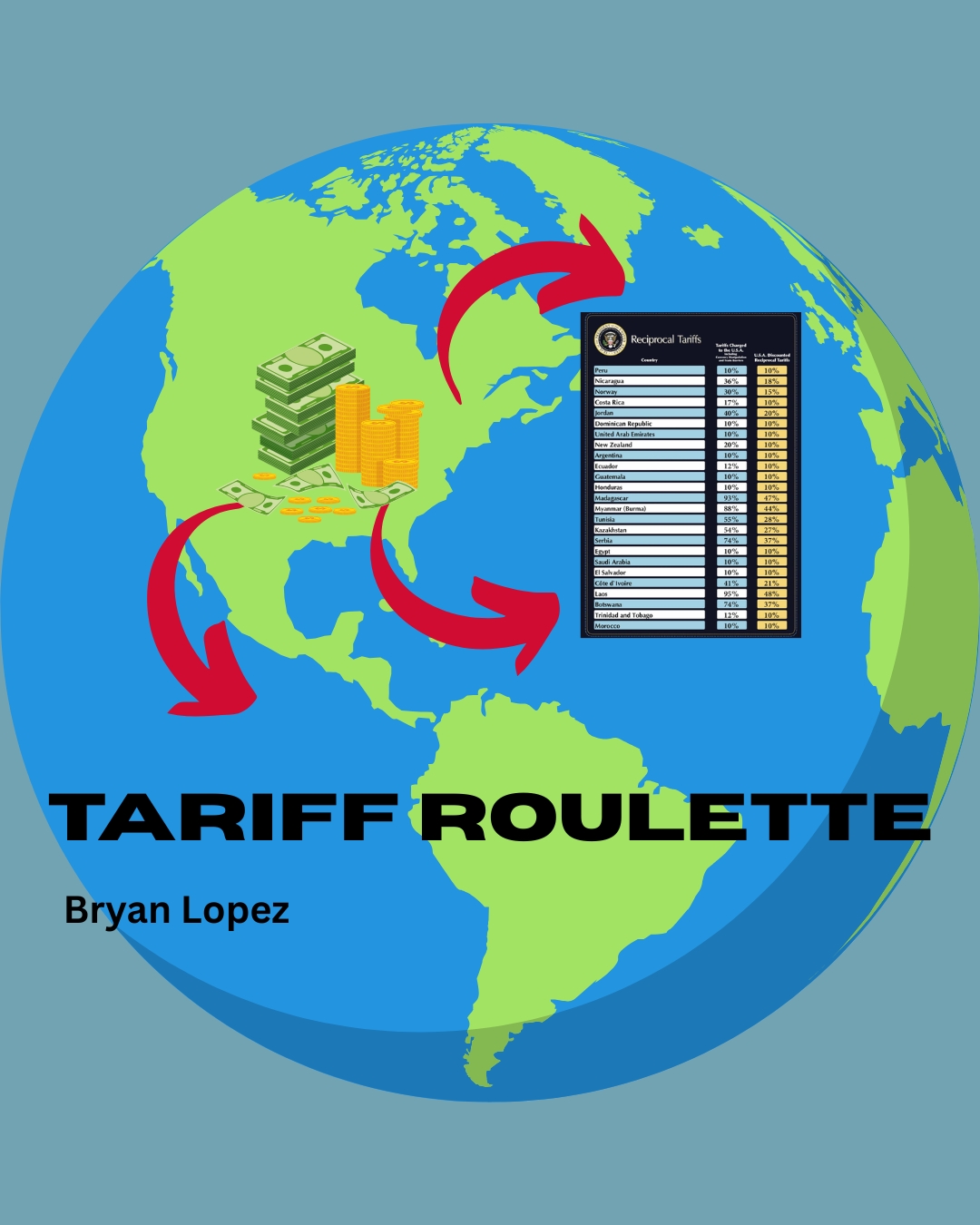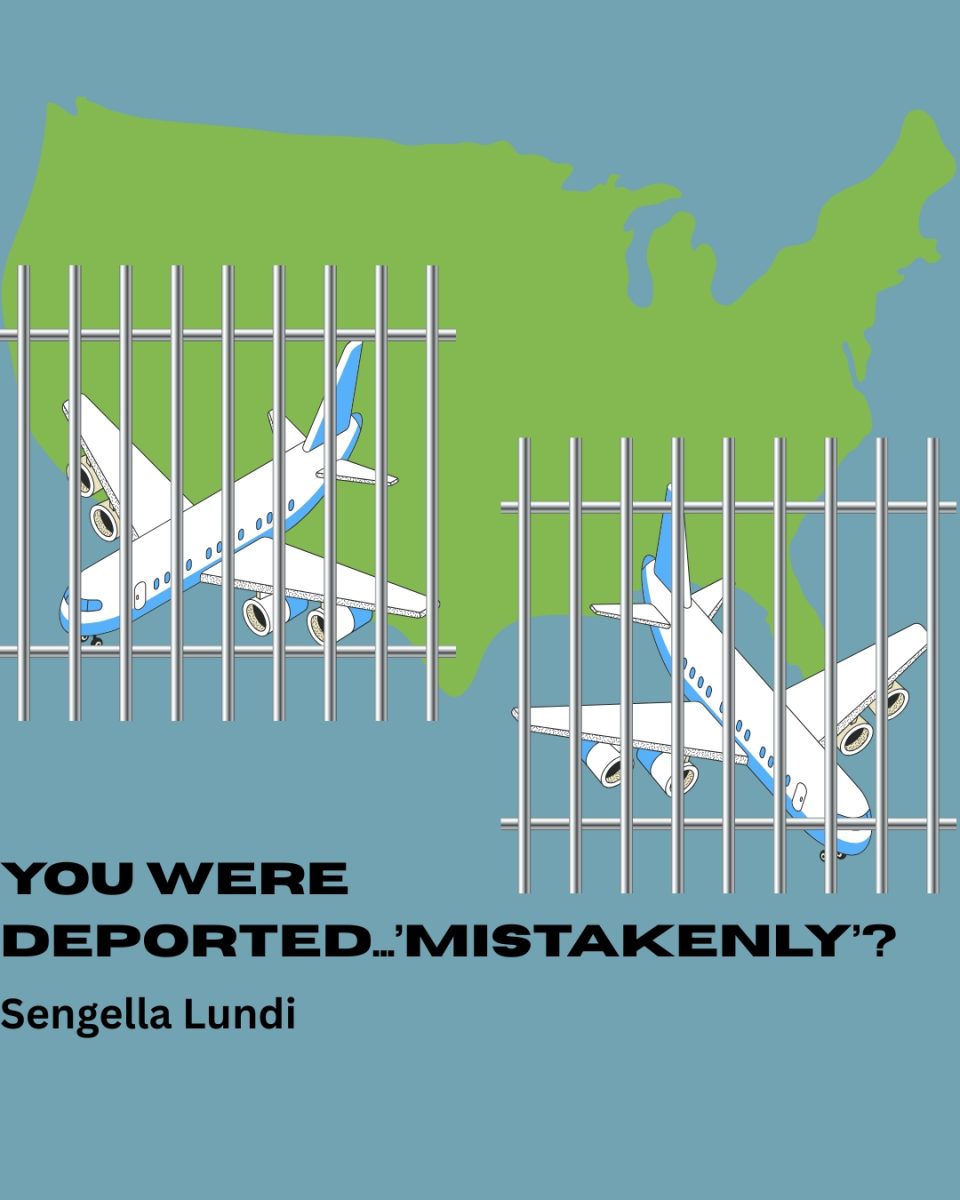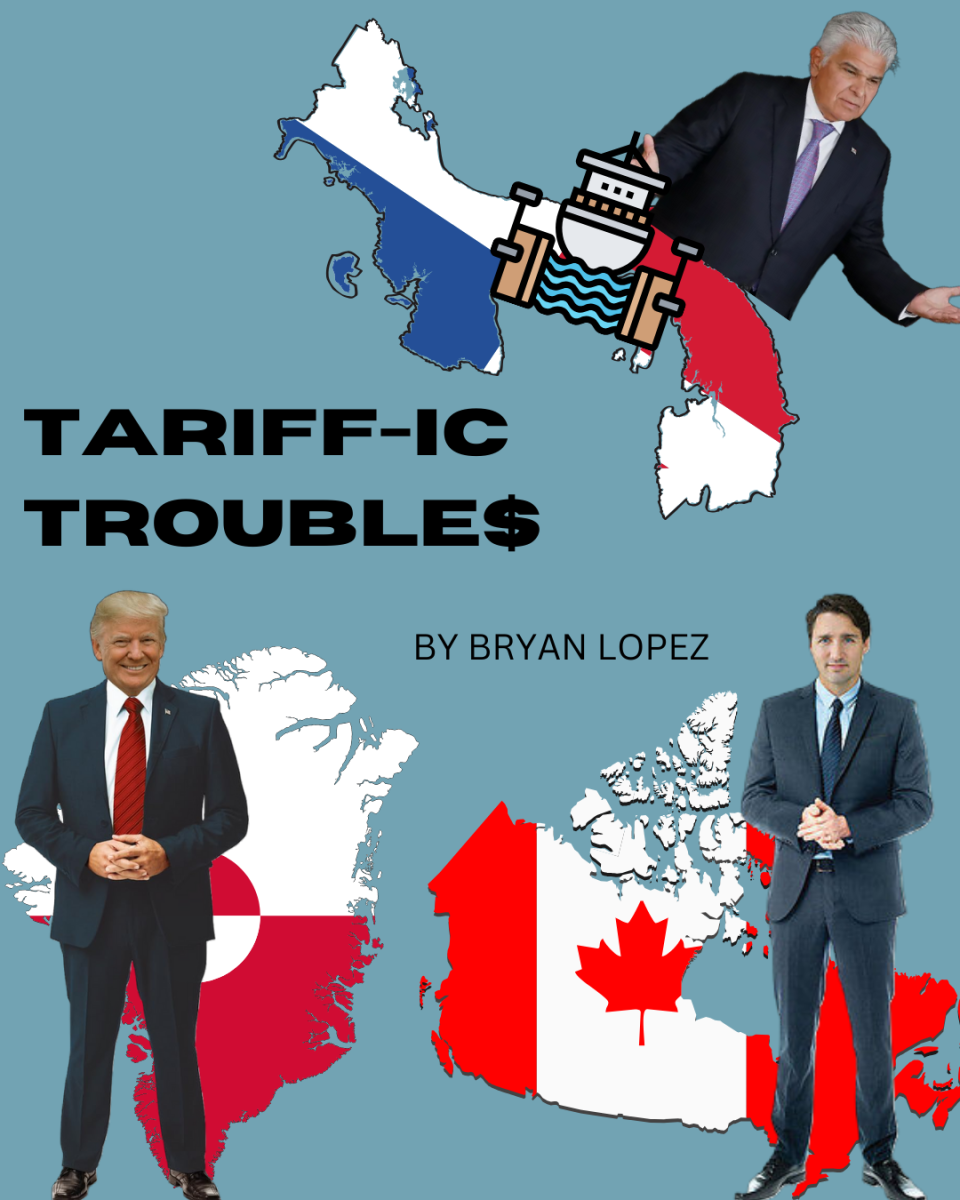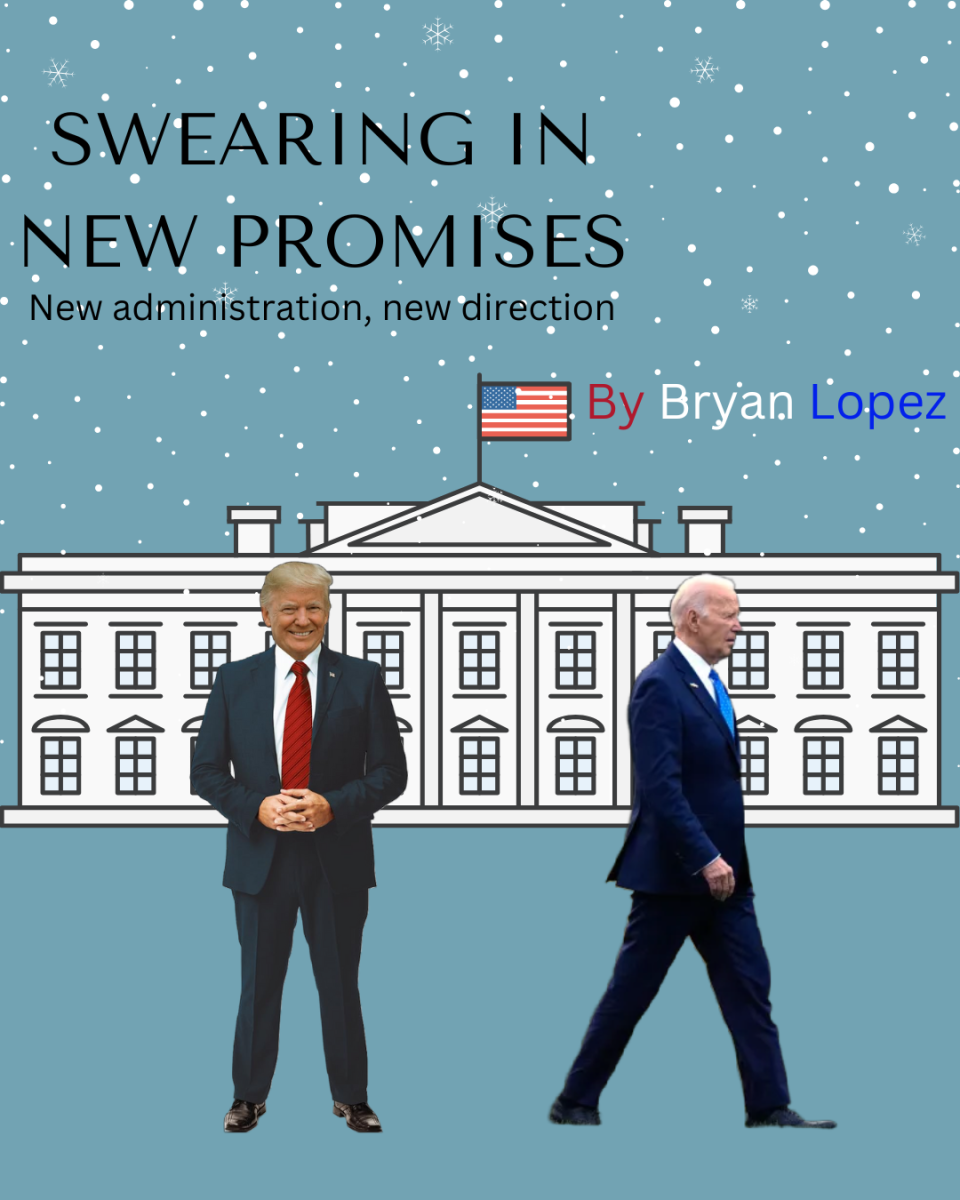Tariffs are becoming more of a sport in the United States. On April 2nd, President Trump announced his administration would be imposing reciprocal tariffs on imports from about 90 countries, saying that “the trading relationship between the United States and its trading partners has become highly unbalanced,” according to his executive order.
Reciprocal tariffs mean the U.S. is imposing tariffs on countries that have already imposed tariffs on us. According to Trump, “Reciprocal. That means they do it to us, and we do it to them.”
Trump showcased the brand-new reciprocal tariffs at a meeting outside the White House, advertised as ‘Liberation Day.’ There, he showcased boards with the names of countries and what their reciprocal tariff would be.
For most countries, they were only facing a new universal 10% tariff. However, countries such as China, Lesotho, and Cambodia faced the highest tariffs, with China facing an 84% tariff on Liberation Day.
Some countries did not take Liberation Day lightly and announced retaliation on the U.S. with their own sets of reciprocal tariffs. Among those countries was China, which fired back with a matching 34% tariff on U.S. imports. In addition, the Chinese finance ministry spoke about Trump’s tariffs, saying, “This practice of the U.S. is not in line with international trade rules, seriously undermines China’s legitimate rights and interests, and is a typical unilateral bullying practice.”
China’s retaliation prompted a response from Trump on his Truth Social account, saying, “CHINA PLAYED IT WRONG, THEY PANICKED — THE ONE THING THEY CANNOT AFFORD TO DO!”
Afterward, a domino effect went into place. China increased its retaliatory tariffs to 84% and then to 125%, which went into effect on April 12th, prompting the Trump administration to raise its tariffs on Chinese goods to 145%.
While the new reciprocal tariffs were announced on April 2nd, they were to go into effect on April 9th. However, this did not stop the stock exchange in New York from facing panic, with the S&P 500, a stock market index that tracks the performance of the 500 most valuable companies in the U.S., dropping over $500 by April 4th.
By April 7th, U.S. companies such as Apple, Tesla, and McDonald’s lost significant fractions of their share prices. It had become evident that the stock market was not in favor of the government’s new reciprocal tariffs.
However, things took a slight U-turn when, on April 9th, the day the tariffs were to go into effect, the Trump administration announced that it would be holding a 90-day pause on all reciprocal tariffs and that some tariffs would be lowered to only 10%.
The announcement was followed by one of the biggest stock market lifts since the 2008 financial crisis. While stock prices did not go back to what they were before April 2nd, they still rose from the dive they took during that week-long period.
When asked about her thoughts on the trade war, CSHS 12th grader Ashley Toledo said, “If we’re that broke, there’s got to be better ways for the government to get more money; it’s not worth all this trouble.”
Until the U.S. runs out of tariffs to hand out, there is no telling where this trade war might take the world.







